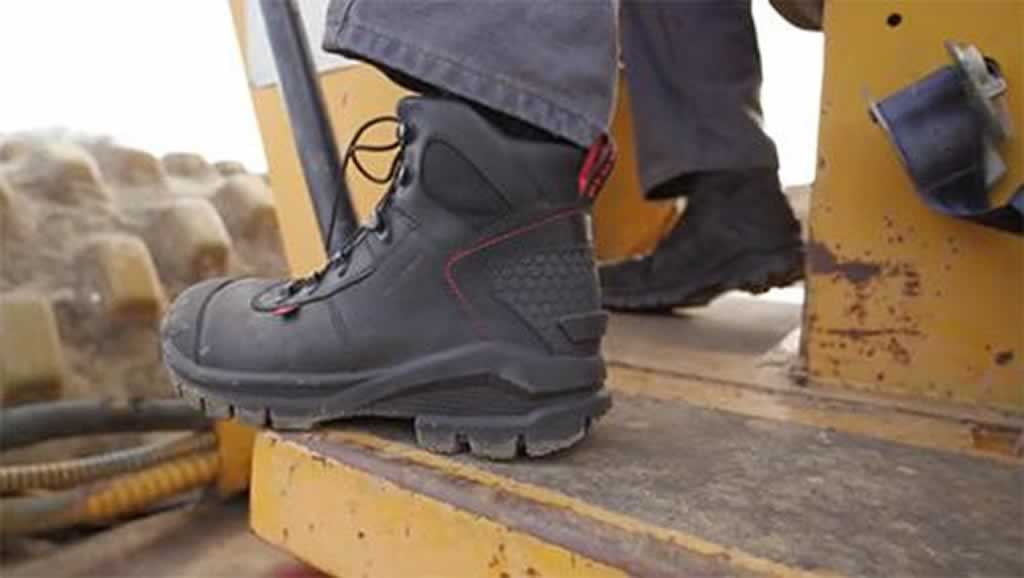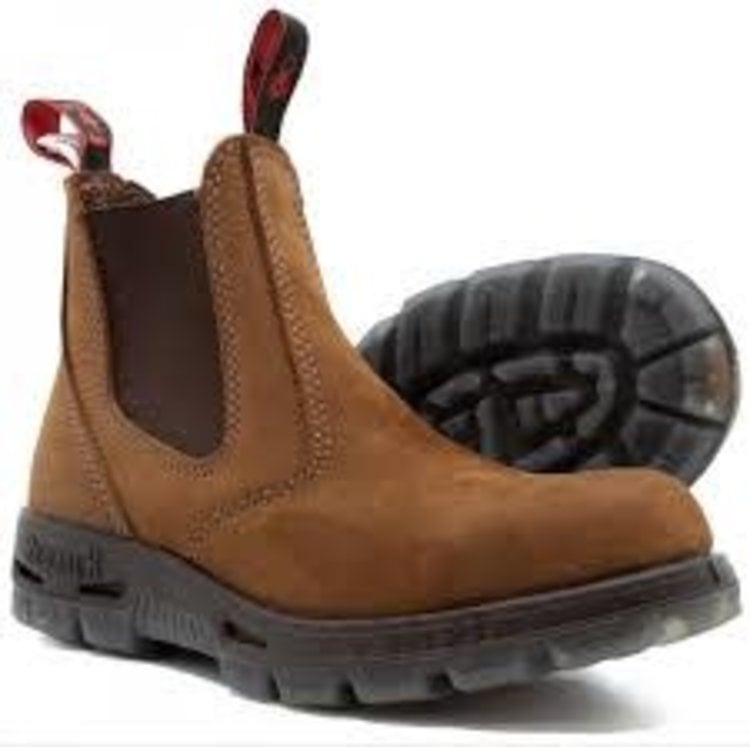5 Tips Good Work Boots

When it comes to selecting the right work boots, there are several factors to consider to ensure you find a pair that meets your needs and provides the necessary protection and comfort for your job. Here are five tips to help you choose good work boots:
1. Identify Your Work Environment
Understanding your work environment is crucial in selecting the right work boots. Different workplaces require different types of protection. For example, if you work in an area with a lot of water or moisture, you’ll need boots that are waterproof. If you’re working with heavy machinery or in an area where you might step on sharp objects, boots with steel or composite toes for added protection are essential. Consider the specific hazards in your workplace when choosing your boots.
2. Consider the Level of Support and Comfort Needed
The level of support and comfort you need can depend on your job’s physical demands. If you’re on your feet all day, you’ll want boots with good arch support and cushioning to reduce fatigue. Look for boots with breathable materials to keep your feet cool and dry, which can help prevent blisters and discomfort. Additionally, consider the weight of the boots; lighter boots can be more comfortable for long periods of standing or walking.
3. Look for Durability and Quality
Good work boots are an investment, and you want them to last. Look for boots made from high-quality materials that can withstand the conditions of your workplace. Leather is a popular choice for work boots because it’s durable and can be waterproofed. The quality of the stitching and the construction of the boot also matter; well-made boots will last longer and perform better.
4. Compliance with Safety Standards
Ensure that your work boots comply with the safety standards required for your job. For example, if you’re working in a hazardous environment, you might need boots that meet specific safety ratings for electrical hazard protection, slip resistance, or metallurgical protection. Checking for certifications from reputable organizations can help you determine if the boots meet your workplace’s safety standards.
5. Try Them On and Wear Them In
Finally, it’s crucial to try on your work boots before buying them, if possible. Everyone’s foot shape is slightly different, so even if you know your size, trying them on can ensure a comfortable fit. Pay attention to how they feel after standing and walking for a bit. If possible, wear your new boots in a little before starting work to break them in. This can help prevent blisters and make the transition to your new work boots smoother.
Enhanced Decision Framework
When making your decision, consider the following factors in a step-by-step approach: - Assess Your Needs: Start by evaluating the specific demands of your job and the work environment. - Research Options: Look into different brands and models that cater to your identified needs. - Compare Features: Make a list of the features that are must-haves for you, such as waterproofing, toe protection, and breathability, and compare how different boots meet these criteria. - Read Reviews: See what other users have to say about the boots you’re interested in. Pay attention to comments about durability, comfort, and performance in similar work environments. - Try Before You Buy: If possible, try on the boots to ensure a good fit. Also, consider the break-in period and whether the boots will become more comfortable over time.
Scenario-Based Examples
Imagine you’re working on a construction site. Your boots need to protect you from heavy falling objects, so you opt for boots with a steel toe. However, you’re also concerned about the potential for slipping on wet surfaces, so you look for boots with slip-resistant soles. Balancing protection with mobility and comfort is key in this scenario.
For someone working in a factory with electrical hazards, boots with electrical hazard protection are a must. These boots are designed to prevent the flow of electricity through the shoe and to the ground, providing a critical layer of safety in environments where electrical shock is a risk.
FAQ Section
What makes a good pair of work boots?
+A good pair of work boots should offer protection, comfort, and durability. They should be appropriate for your specific work environment, providing necessary safety features such as waterproofing, slip resistance, or toe protection.
How do I choose the right size of work boots?
+Choosing the right size involves trying on boots at the end of the day (when your feet are largest), wearing the same type of socks you plan to wear with the boots, and ensuring there's about a half-inch of space between your longest toe and the end of the boot.
Can I use work boots for activities outside of work?
+While work boots can be versatile, their primary design is for workplace safety and performance. However, many are comfortable and durable enough for casual, non-work activities, especially those that require a similar level of protection or support, like hiking.
By carefully considering these factors and questions, you can find a pair of work boots that not only meets your job’s requirements but also provides you with comfort and support throughout your workday.



